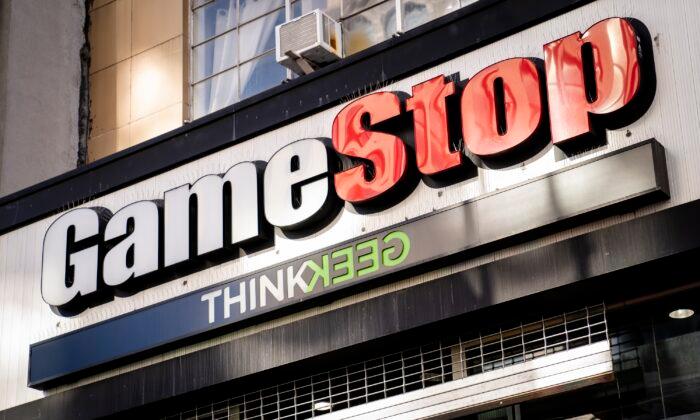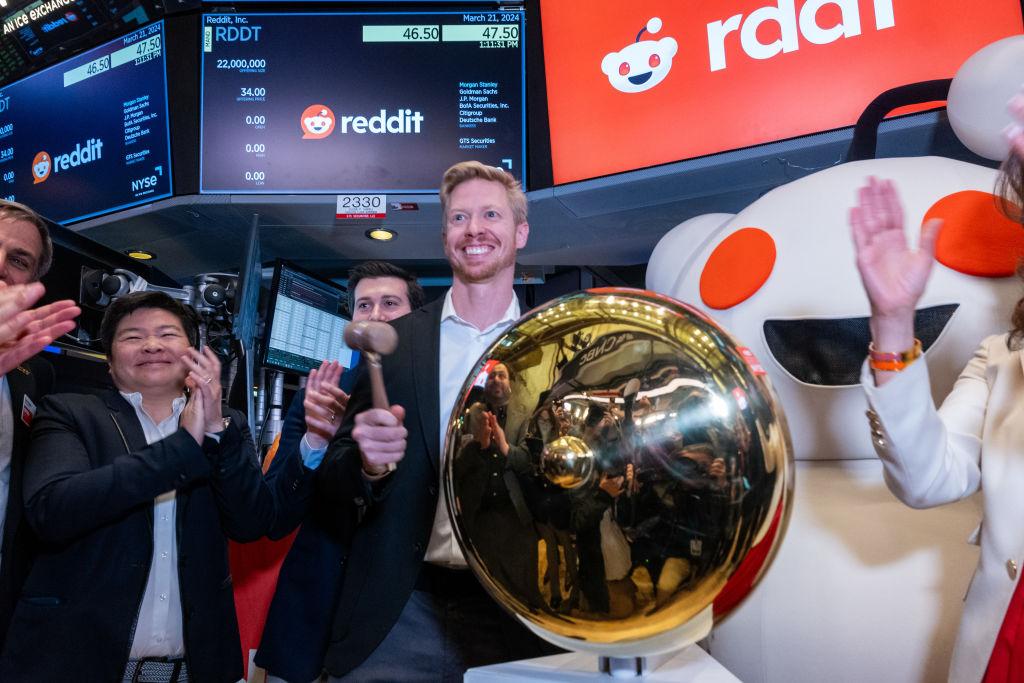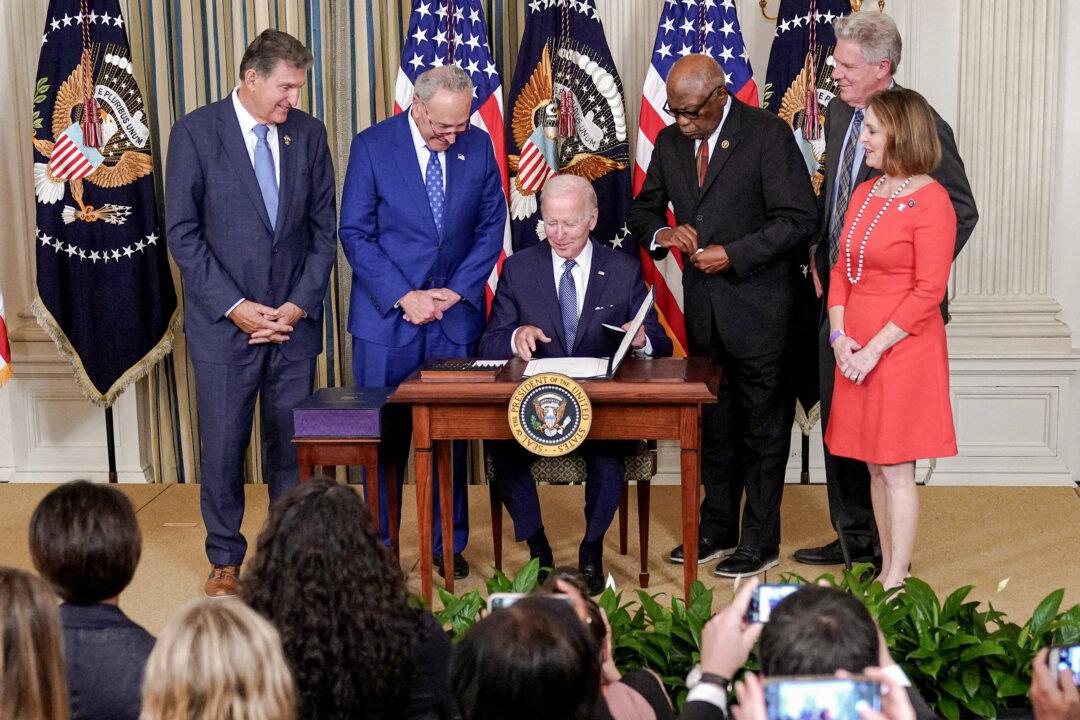It is important to remember that the market price you see today is reflected by all of today’s data and all future expectations of what will happen. So yes, Trump was handed a pretty limp economy. However, the market is pricing in what it thinks will happen in the future with Trump’s policies. If the market is wrong, the price will change rapidly to reflect the new belief. Economic data that we have today are not caused by Trump’s two months in office—they are reflective of what transpired before him. On March 7, we will get unemployment data, and those data will not have been influenced very much or at all by the Trump administration.
It is also important to note that inflation is primarily caused by government spending. Government issues too much debt and creates too much currency, and inflation is the result if there isn’t enough economic growth. The Department of Government Efficiency (DOGE) is finding a lot of profligate and wasteful government spending, so DOGE’s effect will be lowering the amount of government spending. The inflation rate should decrease as a result. When inflation rates decrease, interest rates decrease.
Additionally, Keynesian economists attribute a high degree of economic activity to government spending. Classical economists do not. Hence, there are conflicting reports about future gross domestic product, employment, and other economic activities because of the expected decrease in government spending as a result of DOGE and budget cutting. It’s important to know what camp any particular economist identifies with when you consider their analysis.
In a simplified explanation of how capital markets work, when stocks take a tumble, the proceeds of selling that stock are reinvested in short-term U.S. Treasurys. This is called a “flight to quality.” The purchases of those Treasury bills cause market interest rates to decrease. As soon as market participants want to assume more risk, they sell their Treasurys and reenter the stock market.
There is a further accusation in the March 4 X post that Trump is using tariffs to tank the stock market in order to get cheaper refinancing terms. Data suggest that this speculation is incorrect.
First, Trump campaigned on tariffs. He was transparent about them. His opinion is that tariffs are a tool. Free market economists would differ from Trump’s opinion. Who is right? It depends on the economic model. If it’s a tool and Trump’s actual goal is zero tariffs and free trade, he might be right. But playing with tariffs is like playing with fire. You can get burned and there can be many unintended consequences.
In economic models, the economists are correct. Tariffs are paid by consumers. Tariffs make indigenous industries less competitive.
It’s too soon to say what will happen with tariffs, but no one should be surprised that Trump has enacted them given his campaign rhetoric.
Tariffs are not like a puppet—pull one string and an arm moves automatically. Keynesian economists do view the economy this way. Classical economists do not. Most of the major media economists who are interviewed are Keynesian. If we increase tariffs by 10 percent, it doesn’t mean prices will go up by 10 percent. Tariffs by themselves are not inflationary.
Businesses seek to produce where marginal revenue equals marginal costs. Tariffs do mess with that equation, but the first thing they do is change incentives. Here is an example. Currently, Canada charges no tariffs on the import of 50,000 metric tons of milk. If you try to import more than 50,000 metric tons, there is a tariff of 274 percent on everything more than 50,000 metric tons. The economic incentive for the business is to redirect where the tariffed milk goes in the short term. They will send it to the national supply chain, which should decrease dairy prices. In the short term, the tariff might be deflationary.
In the long term, if the tariff persists, the dairy producer’s incentive will be to produce less milk since they get charged to export and the price they receive from the local market is lower than it would have been. The only way for them to decrease production is to slaughter their dairy herd so it produces less. Of course, in the short term that will put more meat into the market, decreasing the price of meat. In the long term, it will increase meat prices since it takes almost two years to rebuild a cattle herd.
One can see why free market economists of all disciplines think that tariffs are counterproductive. They create unintended consequences, and they distort the economic incentives of market participants.
The market has inferred that the Trump tariff plan is bad for business, and it has sold off as a result. The excess cash from the selloff has been reinvested in U.S. short-term Treasurys driving down the interest rate. This is simple cause and effect, not some back-room scheme designed by the Trump administration to make it cheaper to refinance debt.







